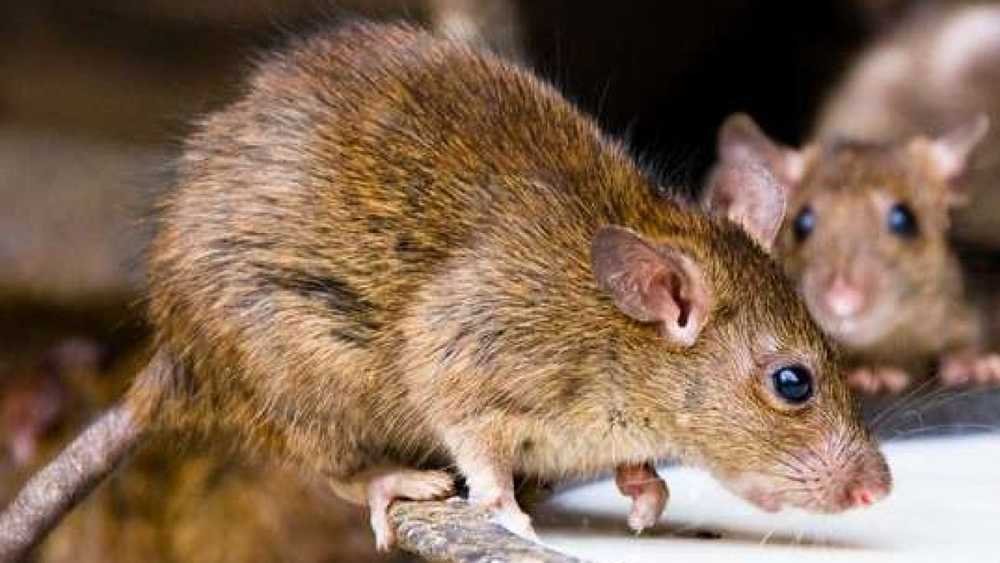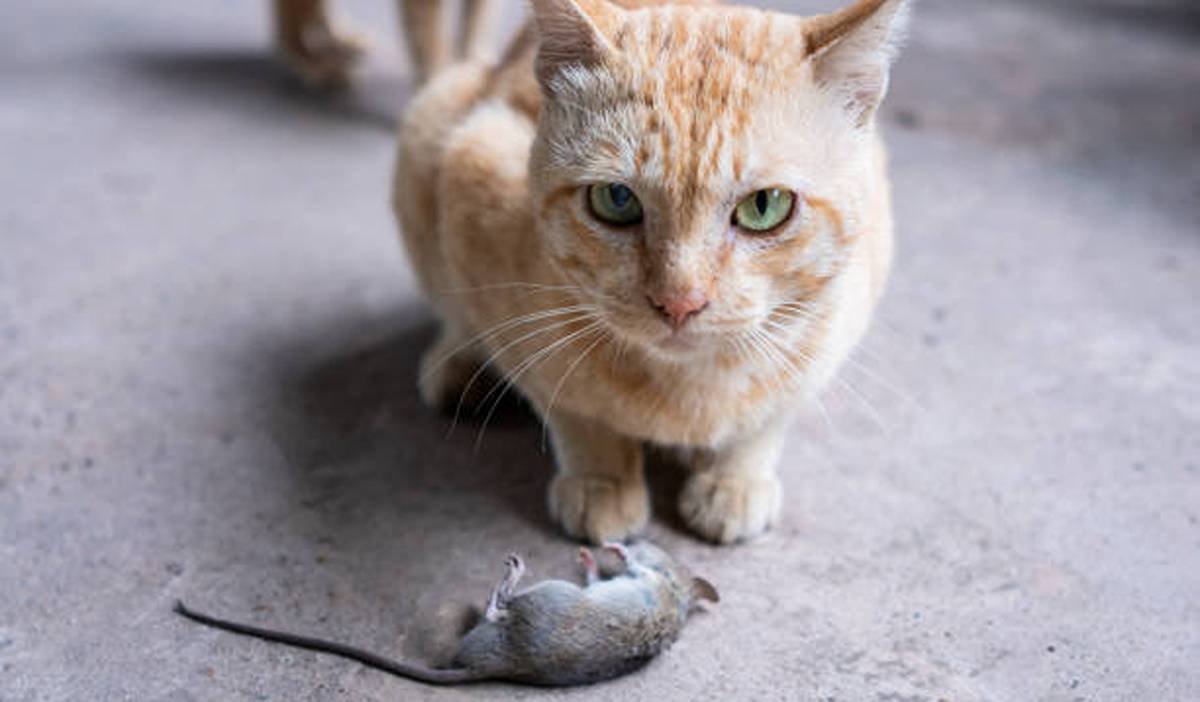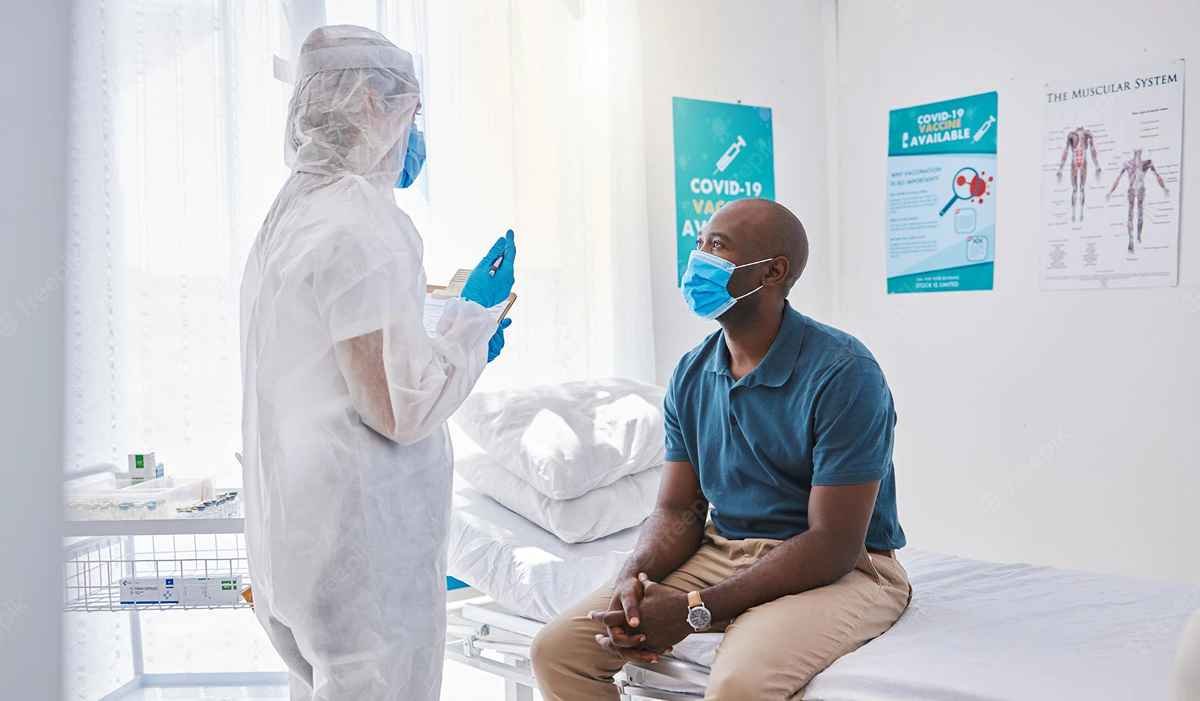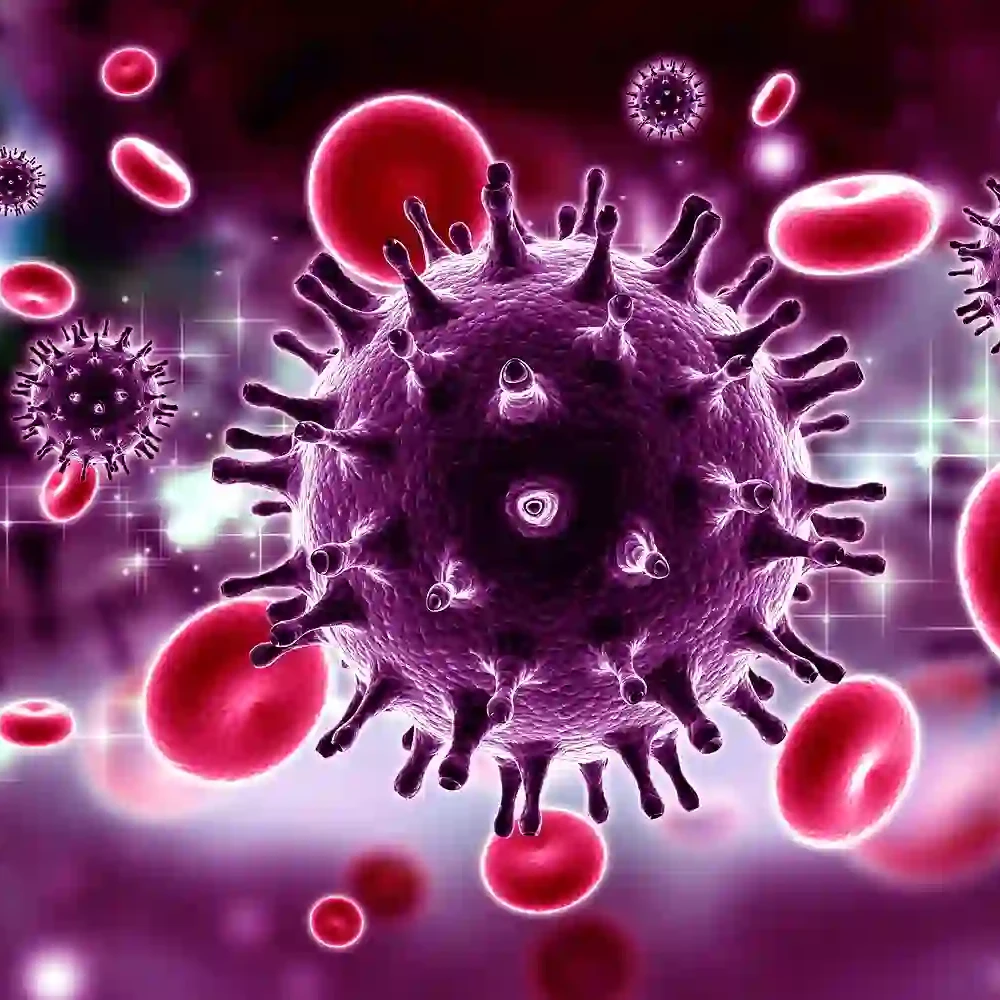Jump to...
- Introduction
- Who, when, and where is affected?
- What causes the disease?
- How do people get infected?
- What are the indicators of infection?
- How is the disease confirmed?
- What are other similar diseases?
- How is the disease treated?
- How can infection with the disease be prevented?
- How is the spread of the disease controlled?
Lassa fever
Lassa fever is a viral illness belonging to the Viral Hemorrhagic Fever (VHF) group.
VHF refers to a group of diseases caused by several distinct families of viruses that affect humans and non-human primates.
VHF refers to a severe multisystem syndrome that causes damage to the overall vascular system of the body.
Symptoms are often accompanied by hemorrhage, which is rarely life-threatening in itself and includes conjunctivitis, petechia, and ecchymosis.

Lassa fever was first described in the 1950s; however, the virus causing the disease was not identified until 1969, when two missionary nurses died in Lassa, a town in Borno State Nigeria.
Who, when, and where are affected?
(Epidemiology)
Lassa virus is a part of the arenaviruses group. Arenaviruses are found worldwide; however, the viruses responsible for causing hemorrhagic fever are restricted to two continents
- West Africa: Lassa virus
- South America: Junin, Machupo, Guanarito, and Sabia (a.k.a. Latin American hemorrhagic fevers)

Map key:
- Areas marked Blue: Countries reporting endemic disease, and substantial outbreaks of Lassa fever
- Areas marked Green: Countries reporting few cases, periodic isolation of the virus, or serologic evidence of Lassa fever infection
- Other areas: Lassa fever status unknown
Lassa fever is endemic in parts of West Africa most especially Sierra Leone, Liberia, Guinea, and Nigeria.
What causes the disease?
(Aetiology)
The Lassa virus is a single-strand RNA virus belonging to the Arenaviridae family.
The RNA strand is enveloped in a lipid coating
The virus is responsible for Lassa fever.
It is a zoonotic disease (humans become infected from contact with infected animals).
The multimammate rat (Mastomys natalensis) is the reservoir host of the Lassa virus.
How do people get infected?
(Transmission)

The multimammate rat, Mastomys natalensis, a rodent found in most homes and eaten as a delicacy in some areas, is the host of the Lassa virus.
When these rats become infected with the Lassa virus, they do not become ill, but rather they shed the virus in their urine and feces throughout their lifetime.
Humans become infected by direct contact with infected rats and their droppings
It can also occur through eating food contaminated with the infected rat droppings or the rats themselves, exposure to cuts and open wounds, touching contaminated material, and via the re-usage of needles.
Person-to-person transmission occurs via direct contact with body fluids and the secretions of infected individuals.
Sexual transmission of the Lassa virus has been reported.
The virus is excreted in the urine for 3–9 weeks and in semen for 3 months.
Health workers and caregivers are at a very high risk of being infected through close contact with infected individuals and contact with infected blood and medical equipment.
What are the indicators of infection?
(Symptoms and signs)

Symptoms usually begin 6–21 days after contact with the virus, and death usually occurs within 14 days of onset in fatal cases.
80% of people who come in contact with the virus are asymptomatic.
The remaining 20% are symptomatic.
1 in 5 infections results in severe disease where major organs are affected.
Patients die from a combination of increased leakages from blood vessels, heart failure, and bleeding disorders leading to shock, not just blood loss.
Common symptoms
- Headache
- Marked fever
- Fatigue
- Dizziness
- General body weakness
Worsening symptoms
- Sore throat
- Muscle pain
- Chest pain and cough
- Difficulty with breathing
- Abdominal pain
- Nausea
- Vomiting
- Diarrhea
Severe symptoms (bleeding)
- Under the skin (Petechiae, ecchymoses, conjunctivitis)
- Internal organs
- From orifices (like the eye, nose, or mouth)
- The Central Nervous System (agitation, confusion, convulsions, and coma)
- Deafness occurs in up to 25% of cases. (Only half of these patients experience hearing recovery within 1-3 months.)
Severe symptoms (pregnancy)
- Particularly severe in pregnant women
- It is associated with spontaneous abortion in pregnant women, with >85% leading to intrauterine fetal death.
- High death rates are observed in pregnant women in the 3rd trimester.
How is the disease confirmed?
(Diagnosis)
Details of your history are important for physicians to suspect a Lassa fever infection, including exposure to rodents and/or areas or villages endemic to Lassa and/or contact with Lassa cases.
Case Definition
- Suspected case (you can suspect that anyone who has the following symptoms may have Lassa fever): illnesses with the onset of fever, with or without a sore throat, and at least one of the following signs: bloody diarrhea, bleeding from gums, bleeding into skin (purpura), bleeding into the eyes, and urine.
- Confirmed case (anyone who has the following has Lassa fever) is a suspected case with laboratory confirmation (positive IgM antibody or viral isolation) or an epidemiological link to confirm cases or outbreaks.
Making a diagnosis of Lassa fever infection requires testing that is available in only specialized laboratories.
The following laboratory tests can be done to confirm the infection, using a blood sample from the person with a suspected infection.
- Antibody Test: Enzyme-linked immunosorbent assay (ELISA)
- Antigen detection tests
- Reverse transcriptase polymerase chain reaction (RT-PCR) assay
- Virus isolation by cell culture.
What are other similar diseases?
(Differential diagnosis)
This includes other viral hemorrhagic fevers, e.g., yellow fever.
Others include…
- Malaria
- Typhoid fever
- Shigellosis, etc.
How is the disease treated?
(Treatment)
If infection with a VHF is suspected, it should be reported to health authorities immediately.
Strict isolation of a patient suspected to have lassa fever is required to prevent infecting other people.
Doctors often begin supportive treatment pending transfer to a facility designed for the management of Lassa fever patients.
This supportive treatment is put in place to address or relieve the symptoms the patient presents with as well as replace ongoing losses like fluid, blood, and its products, including analgesics for pain relief, antipyretics to control body temperature and manage fever, and sometimes blood transfusions if the patient is severely anemic.
Ribavirin
Ribavirin is an antiviral drug that is very useful in the treatment of Lassa fever patients, especially when started within the first 6 days of the illness.
It is given intravenously for ten (10) days and once started, the treatment should not be discontinued until the 10-day course is complete.
How can infection with the disease be prevented?
(Prevention)

Prevention relies on promoting good community hygiene to discourage rodents from entering homes.
- Ensure proper hand washing and use of hand sanitizers
- Storage of food items in rodent proof containers
- Dispose of food noticed to be infested with rat droppings
- Avoid the eating of rats
- Avoid erratic bush-burning
- Proper waste disposal and sanitation
- Maintaining clean households
- Block holes around the house to prevent the entry of rats
- Use of quality building materials and structures (ceiling, walls)
- Clean surfaces in offices and homes with disinfectants.
- Avoid unprotected sex
- All animal products should be thoroughly cooked before eating
- Placement of traps in and around homes can help reduce the rodent population.
- Safe clean-up of rodent nests and droppings
- Keeping cats and dogs is encouraged to control the rodent population
How is the spread of the disease controlled?
(Disease control)

At present, there is no vaccine available that protects against the Lassa virus.
- Universal precaution must be practiced in the management of suspected or confirmed cases
- Isolation of infected individuals to decrease/prevent human transmission
- Appropriate personal protective clothing must be worn when attending to cases.
- Wash hands after contact with suspected or confirmed cases
- Hands must be washed after contact with contaminated materials – patient samples
- Proper waste disposal and sanitation
- Each patient must have separate instruments and dressings e.g. thermometer
- Disinfect and dispose of instruments
- Decontaminate the stethoscope and sphygmomanometer between each use with disinfectant.
- Suspected or confirmed cases must use a chemical toilet
- Utilize plastic bed sheets to avoid contamination of mattresses
- Thoroughly disinfect bed coverings after discharge or death of patients.
Obisesan Damola
Damola is a medical doctor who has worked in the Nigerian healthcare industry for a little over 3 years in a number of primary, secondary, and tertiary hospitals. He is interested in and writes about how technology is helping to shape the healthcare industry. He graduated from the College of Medicine, University of Ibadan, the foremost medical training institution in Nigeria.



